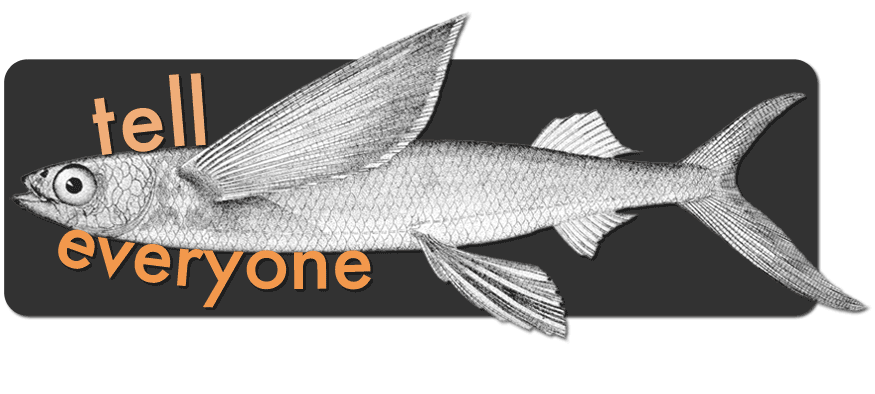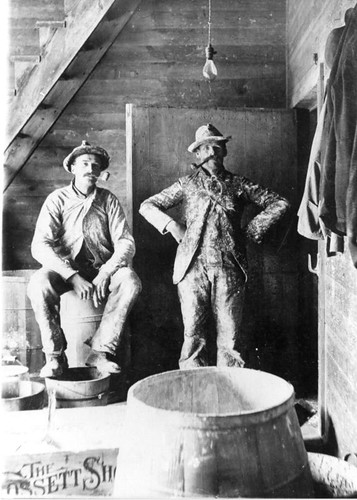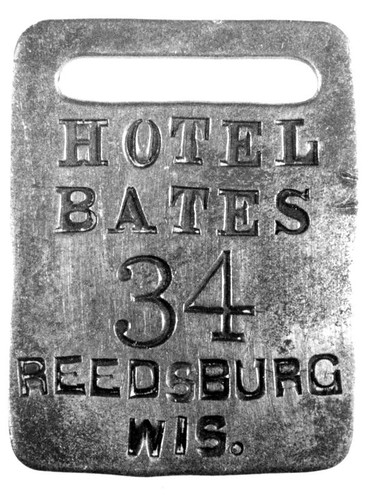Today I came across a blog post about an artist I have been trying to learn more about about since I first saw her work in Peru. Artist Tania Brun of Arequipa, uses the pseudonym Babayaga, a witch from Russian folklore with a wooden leg who eats children. Her artwork, which I saw printed in intricate detail on t-shirts in Lima caught my eye.

Featured in the Buenos Aires, Argentina-based zine Money In My Pocket, Babayaga describes her work (translated here):
The influences for my drawings are the Mexican engravers, especially José Guadalupe Posada, the Mexican tradition of Day of the Dead, Catholic art of the era of the Viceroyalty, but also the cultural manifestations of people here in the mountains of Peru, like the way they decorate their combi-vans and moto-taxis and also the concert posters of different cumbia groups that can be seen pasted around the city.
In 2004 I left the faculty of art because it was not for me and I kept drawing on my own, then in 2007 after a trip to Mexico, where I found it incredible the familiar and daily ways they deal with death there, I started this series of illustrations with the theme of death.
The technique I use is ink on paper; I began to use these materials because I could then use the images for screen printing on t-shirts and that I think is a good way to make my work available to those who like it and I can share with them.
I love that she prints her designs on t-shirts. Seeing the shirts in Lima, a clothing manufacturing center of South America, her designs distinguish themselves from the other million designs flooding the streets. In Lima one can buy a Peru-manufactured Armani Exchange shirt for $5 before it is exported, and on the street it seems like everyone and their grandma (literally) is wearing a brand-name shirt that would cost $40 or more in another country. But when I realized that those Armani shirts were really just shirts (and their designs rarely consist of much more than the letter 'A' or 'X'), I gained a new appreciation for shirts with a great design, story, and artwork, like those of Babayaga.
View more of Babayaga's designs on Flickr here: http://www.flickr.com/photos/xbabayagax/








